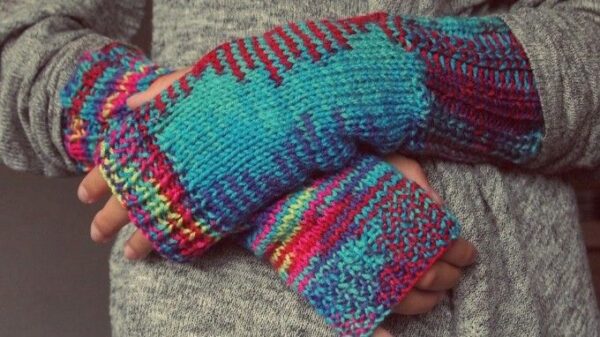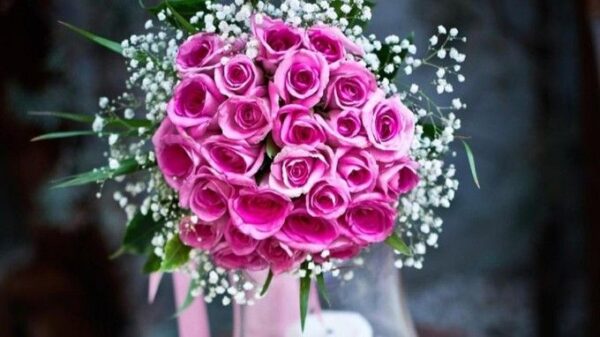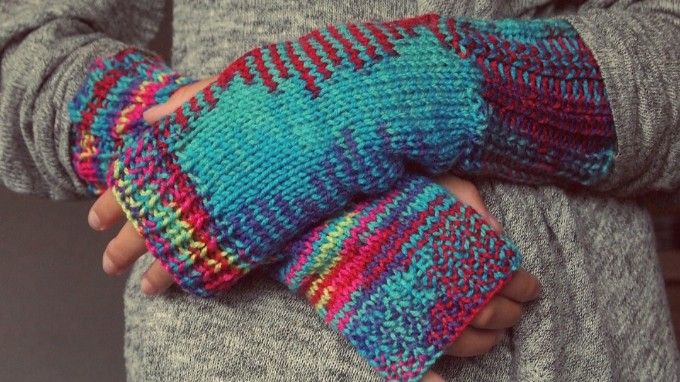India is celebrated for its rich as well as diverse cultural heritage. When it comes to languages or traditions or arts or festivals, India has millions of beautiful examples. In “All About Indian Culture: Festivals, Traditions and Handicraft Rituals” we will explore the geographical diversity which is also spiritual, artistic and linguistic in nature. The handicraft rituals of each and every state is wonderful to examine. It thrives very well because of how talented the craftsmen are. Both men and women love to buy handicrafts that are traditional in nature specifically during the time of the festivals.
The Various Festivities of India

When it comes to “All About Indian Culture: Festivals, Traditions and Handicraft Rituals”, the most widely celebrated festivals are the Hindu festivals where Lord Rama and Lord Krishna are mainly worshipped. Each commemoration has mythical implication attached to it. For instance, Ganesh Chaturthi is renowned very extensively in Maharashtra because it indicates the entrance of Lord Ganesh who is considered to be the bringer of prosperity and good luck. Muslims have two major festivals called Eid ul Fitr and Eid Ul Adha which they observe with praying. Before Eid, they keep roza for one month which is a very hard kind of fast and after their one month period of fasting is over, they celebrate Eid. Money is given in the form of Eidi to small children and elders hug each other as they exchange gifts.
The Societal Setup and Various Traditions of India
Traditionally, there used to be a joint family system in India where the oldest male member of the family was the patriarch. Multiple generations used to live under a singular roof and the decisions were made by the older members of the family. Today, as students and young employees have moved towards urban areas, the values of family bonding still remain very strong as they remain in strong contact with their parents and visit them regularly. Traditions are also heavily followed when it comes to wedding festivities. In Hindu weddings, the fire is considered to be sacred and everyone wears extremely bright attire. In these weddings, the seven sacred steps are also featured. Christian nuptials are held in the church, the wife-to-be wears a snowy gown as she exchanges her promises with her spouse. When it comes to “All About Indian Culture: Festivals, Traditions and Handicraft Rituals”, muslim weddings include a nikah, mehendi and walima reception.
The Diversity in Formation of Handicrafts

The beauty of Indian handicrafts lies in the fact that it varies differently from state to state. For example, block printing began in Bagru and Sanganer in Rajasthan. Meanwhile, mirror work gained its roots in Gujarat, pashmina shawls are the pride of Kashmir, kantha embroidery is well known in West Bengal etc. Tamil Nadu regained the lost art of wax casting, stone carving and Tanjore painting. Pattachitra paintings were primarily originated in Odisha. All these handicrafts are awesomely regal in their own way.
The best thing about these handicrafts are that they are eco friendly as they are made using natural fibers and sustainable practices. With a push towards sustainability, Indian handicrafts are gaining love for their minimal environmental impact and less than ten percent plastic wastage. In conclusion, many clay idols of deities like Durga and Ganesh are created during festivals and artisans offer prayers before starting and immerse the idols in holy water after completing their worship. Rangoli is drawn at the entrance of the house using rice flour during the festival of Diwali and it is very significant in warding off evil spirits and welcoming good luck into the house for the year.
Author
Shreeja Mukherjee


